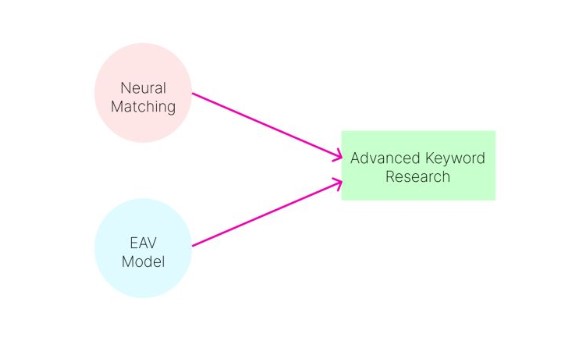🔍 What is Neural Matching in Google?
Neural matching is a machine learning algorithm used by Google to understand search intent by grouping similar queries and web documents using neural networks and embeddings, ensuring the most relevant results.
⚙️ How Does It Work?
- 📌 First Introduced in 2018 – Google explained Neural Matching with an example called the "Soap Opera Effect" by Danny Sullivan.
- 📌 Used Again in 2020 – Google reintroduced the concept in an article titled "How AI is powering a more helpful Google."

Google has applied neural nets to understand subtopics around an interest, which helps deliver a greater diversity of content when you search for something broad. As an example, if you search for “home exercise equipment,” we can now understand relevant subtopics, such as budget equipment, premium picks, or small space ideas, and show a wider range of content for you on the search results page. We’ll start rolling this out by the end of this year.
🏷️ Importance of Subtopics
- ✅ Subtopics & Topical Hierarchies help diversify search results based on Search Intent.
- ✅ Neural Matching analyzes the meaning of words in a query and matches them with relevant web pages.
- ✅ This process is called "Query Term Weighting" and is part of how Google processes search queries.
🧙♂️ Example: Understanding Queries Beyond Keywords
Consider a user searching for:
🔹 "wizarding school attended by Harry Potter."
The exact term "Hogwarts" is not mentioned in the query. A traditional keyword-based search engine might struggle to link this query to Hogwarts School of Witchcraft and Wizardry.
However, with Neural Matching, Google understands that "wizarding school attended by Harry Potter" = "Hogwarts." 🏰✨
This allows Google to present the most relevant results about Hogwarts, even though the search query never mentioned the exact word.
🤖 Why is it Important?
- 🔹 Understand what the user really means, not just the exact words they type.
- 🔹 Show better and more relevant results based on meaning, not just keywords.
In simple words, Neural Matching helps Google think more like a human! 🧠🔎
🔍 Why You Shouldn’t Always Be Confined to Query Data for Webpage Optimization
There’s a reason why you shouldn’t always rely solely on the query data you have to optimize your webpage.
🛠️ Whatever tool you use to gain query data — it will never be complete. There will always be:
- Distorted structure
- Grammar issues
- Incomplete phrases
- Implicit (hidden) intent behind search queries
That’s exactly why Google introduced Neural Matching in 2018 — to understand the fuzzier representations of concepts in both queries and pages, and match them more effectively.
🔗 In the context of matching entity types from the query to the document, Neural Matching and the EAV (Entity-Attribute-Value) model are closely connected. (Thanks to Koray Tugberk GUBUR for explaining this concept 🙌)
💡 Neural Matching isn't about just matching vocabulary — it’s about matching the entity, its attribute, and value from the query to your content.
✨ A Model Inspired by Neural Matching & Mind-Reading

So, instead of only relying on keyword data, try a model inspired by neural matching and mind-reading processes — to better understand user intent from a search engine’s perspective.
- 👉🏼 Brainstorm the specific questions users have in mind while typing queries.
- 👉🏼 Think of synthetic (alternative or paraphrased) queries users might search.
- 👉🏼 Refine queries to identify possible entity connections, attribute types, and value sets.
✅ Following this model helps you create a webpage that’s more aligned with both user needs and search engine understanding.
💬 That’s why semantic search optimization = user-first content optimization.
💡 The more your content is optimized for semantic search, the better it will serve your target audience — and rank better, too!
